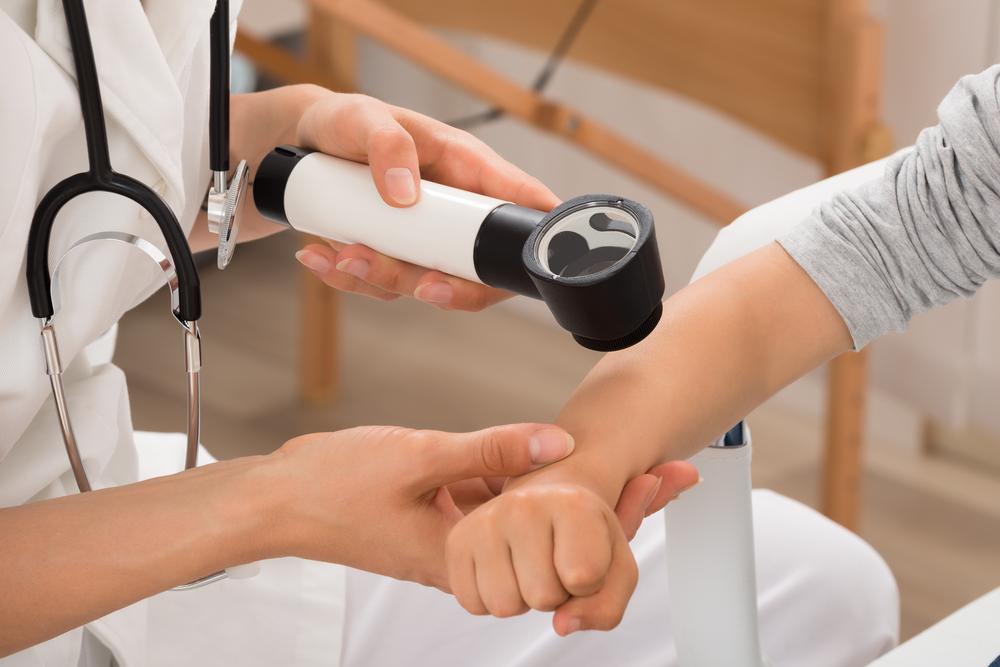All you need to know about baby eczema

Baby eczema, also known as atopic dermatitis (AD), is an allergic condition which is often found on baby skin during the early childhood stages (ages 0-5). It is mainly a condition where the skin develops dry, flaky patches and inflammatory bumps. Some babies have weak skin blockades which avoid the skin to allow water inside it. Less absorption of water in the skin can cause inflammation and makes the skin to develop patchiness and dryness. It can be treated by using certain medically recommended creams and by following certain cleanliness measures. It is mostly self-curable and it can be healed within a span of time.
Family members having allergies of any kind can also cause the babies to have eczema. In some cases, even the ones who don’t have any member having an allergy can also get it.
Causes of eczema in babies
- Baby eczema can be caused by exposure of the skin to heat which can possibly be caused by diapers, tight clothing, etc.
- It can also be caused by the stuffed animals, dust and pollen.
- This condition can also be transferred from parents, especially, mothers who are breastfeeding.
- Drools may also cause the skin to get dryer.
Symptoms of baby eczema
Baby eczema shows certain symptoms which makes it easier to recognize. This allergic condition shows symptoms like:
- Flaky scale-like patches on the skin
- Dry patches occur on the cheeks, neck, arms and can spread up to arms, legs and behind the knees
- Red bumps on the skin
- Itchiness may occur on such areas
These symptoms vary according to the age. Symptoms of infants may be different from those of older children. These patches can be invisible to the eyes which can cause more irritation on the skin and the baby may feel uncomfortable till the allergy is outgrown.
Treatment
This condition can be cured by:
- Using moisturizers and creams which help the skin to avoid being dry and flaky.
- If the condition does not cure by itself, consulting the doctor is recommended
- Medically recommended creams can help in improving inflammation and avoid irritation.
Precautions
Certain precautionary measures which are to be taken in order to improve the condition:
- Avoid all the irritants which can make the condition more uncomfortable for the baby.
- Avoid the baby from scratching the affected areas by cutting their nails as this can make it much worse.
- Avoid tight clothing on babies, this will cause more heat and make the condition worse for them.
- Some clothing is produced by using certain chemicals which can also trigger the allergy and act as irritants.
- Wash the clothes before making the babies to wear them.



